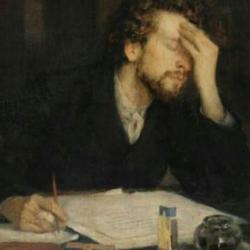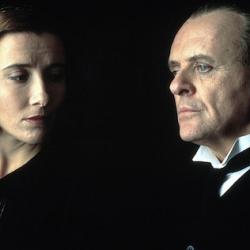To one of his servant, Shakespeare’s Macbeth says, “The devil damn thee black, thou cream-faced loon!” Davenant’s says, “Now, Friend, what means thy change of Countenance?”
And for the wonderful surging lines in Macbeth 2.2.58-61 (including “the multitudinous seas incarnadine”), Davenant substituted the much weaker “can the Sea afford/ Water enough to wash away the stains?/ No, they would sooner add a tincture to/ the Sea, and turn the green into a red.”
And there is no Porter, since it was “deemed inappropriate to tragedy on grounds of both status and genre” (Dobson).
The moral structure of the play is also clarified, as Davenant added “new scenes in which [Macduff and Lady Macduff] meet and resist the witches and debate the moral problem of tyrannicide in rhyming couplets.” Thus, “In Davenant’s hands the play . . . becomes the story of two contrasting couples faced with the political possibilities of evil, one of which chooses Love and Honour and the other Love and Ambition. Within this symmetrical ethical framework of the picture-stage, Betterton’s Macbeth [Betterton is the actor] comes to serve as the principal ampler consciousness in which these abstractions can meet and conflict.” The play comes down to a duel between the “loyalist Macduff” and his nemesis, and the tragedy “reduced to a single ethical lesson, as [Macbeth] dies on stage underlining the adaptation’s moral – ‘Farewell vain World, and what’s most vain in it, Ambition.’”















